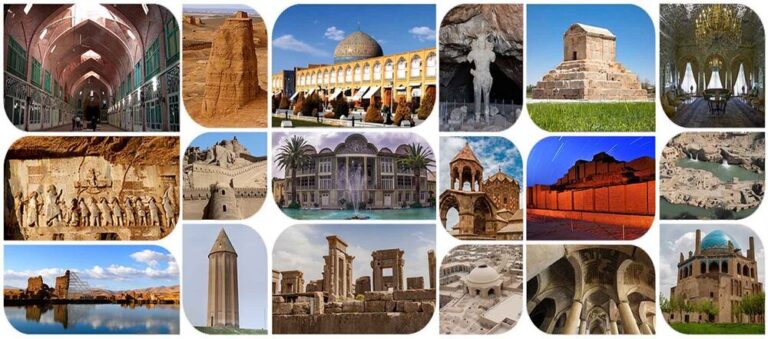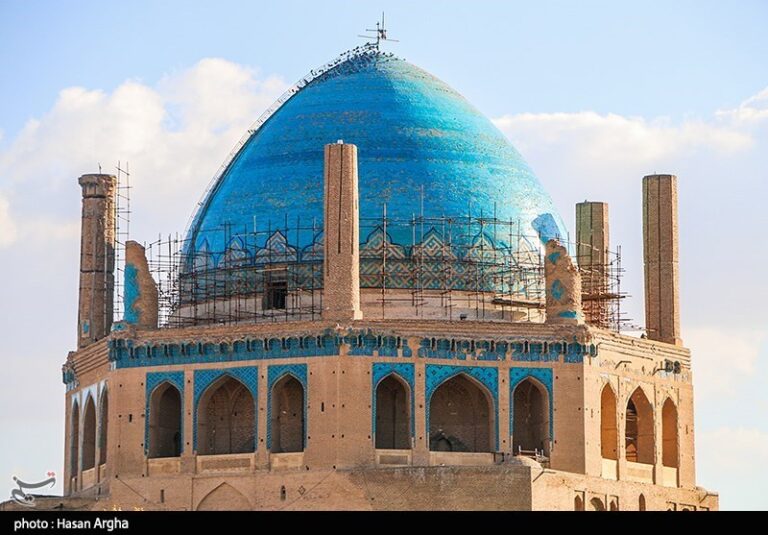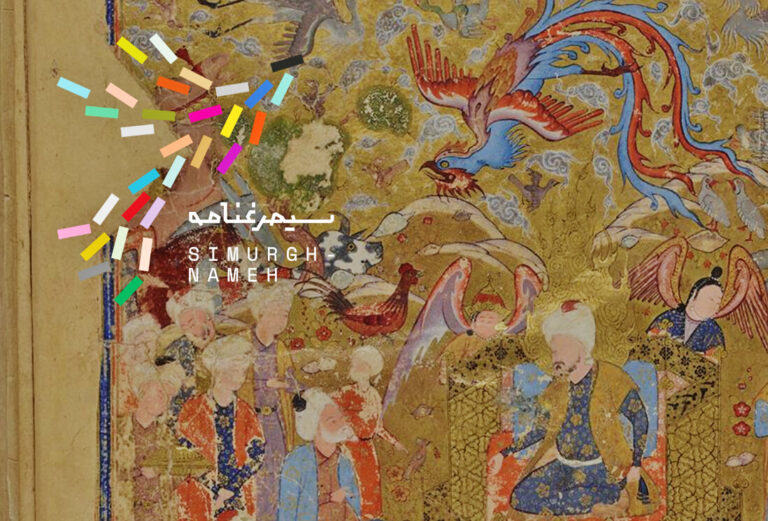Reviving History: 14th Century UNESCO World Heritage Site Soltaniyeh Receives Restoration Makeover
TEHRAN – Phase two of the restoration and conservation project for the southern gate of the UNESCO-listed Soltaniyeh Dome has officially begun, marking an important step in preserving this iconic structure. Under the direction of Abolfazl Ali, the Director of the Soltaniyeh World Heritage Base, this latest phase aims to protect, reinforce, restore, and interpret the monument’s southern gate. The project is expected to continue through to the end of November, demonstrating a strong commitment to the preservation of cultural heritage in Iran.
This restoration initiative is spearheaded by a team of skilled craftsmen from the site’s own heritage team. As Ali stated, “This initiative is part of a broader plan to help preserve one of the most exceptional stone structures from the Ilkhanid era.” The dedication of the craftsmen ensures that the integrity and historical significance of the site are maintained throughout the restoration process.
In addition to the southern gate, the restoration work also encompasses a nearby stone citadel, with several of its main sections already undergoing restoration and nearing completion. This comprehensive approach not only enhances the structural integrity of the citadel but also contributes to the overall aesthetic and historical value of the site.
“With the completion of restoration and decorative works, we hope to transform this globally significant structure into a vibrant cultural tourism hub,” Ali added, highlighting the long-term vision for the site. The restoration is not just about preserving the past; it aims to create opportunities for cultural engagement and tourism, allowing visitors to experience the rich history and artistry of the region.
The Soltaniyeh Dome, constructed between 1302 and 1312 during the reign of Oljaytu, is located in Zanjan province and is celebrated as a landmark of Persian and Islamic architecture. Its octagonal mausoleum features a striking 50-meter-tall turquoise-blue faience dome, which is notably the earliest known example of a double-shelled dome in Iran. The structure is flanked by eight slender minarets, further enhancing its grandeur.
Historically significant, the Dome’s elaborate interior decoration has garnered admiration from scholars and historians alike. Noted scholar Arthur Upham Pope famously described it as “anticipating the Taj Mahal” in both grandeur and vision, a testament to its architectural and cultural significance.
According to UNESCO, the Mausoleum of Oljaytu serves as an essential link and key monument in the evolution of Islamic architecture across central and western Asia. This site allowed the Ilkhanids to further develop architectural ideas that originated during the classical Seljuk period (11th to early 13th centuries), a time when the arts in Iran achieved significant distinction in the Islamic world. This progression paved the way for the Timurid period (late 14th to 15th centuries), regarded as one of the brightest eras in Islamic art.
Some key points about the significance of the Soltaniyeh Dome include:
- Architectural Innovation: The double-shell dome structure is a pioneering design in Iranian architecture.
- Cultural Heritage: The site is a critical link in the development of Islamic aesthetics and engineering.
- Historical Importance: Represents the advanced artistic expressions of the Ilkhanid dynasty.
- Tourism Potential: The ongoing restoration aims to attract more visitors, thereby enhancing cultural tourism in the region.
The commitment to preserving this architectural marvel is reflected in the challenges faced during the restoration process. Despite these obstacles, the ongoing efforts symbolize Iran’s enduring dedication to safeguarding its cultural heritage.
In conclusion, the Soltaniyeh Dome stands as a testament to the rich history of Persian architecture and culture. As the restoration progresses, it is poised to become not only a site of historical significance but also a vibrant hub for cultural tourism, inviting visitors to explore its beauty and learn about its storied past. The ongoing work on this UNESCO World Heritage site exemplifies the importance of preserving cultural landmarks for future generations.






